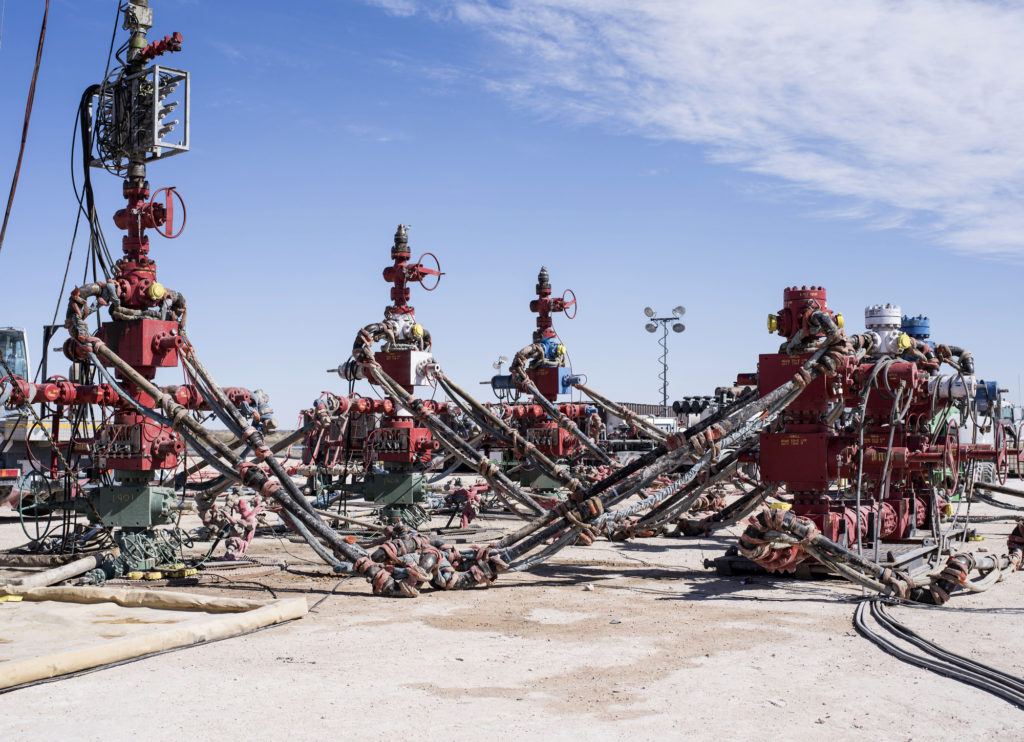
The U.S. oil boom changed the petroleum industry forever. Now its philosophy is being adopted by conventional producers in the North Sea.
Motivated by lower crude prices and higher volatility, many companies are favoring smaller and nimbler investments known as “short-cycle projects.” That term — first coined in American shale fields — is now being applied in Europe’s oil heartland as investors demand quick and efficient returns, short development times and low production costs.
“During the downturn people had less certainty on the long term oil price,” said Chris Boulter, U.K. business development manager for Neptune Energy Group. “Because we haven’t gone through two years of $90 a barrel, people haven’t felt confident enough to invest in the bigger projects.”
Engineering Feats
Before 2014, oil traded above $100 and the offshore industry in the North Sea and elsewhere was defined by feats of engineering, with billion-dollar capital expenditures run by giants like Royal Dutch Shell Plc or BP Plc. The slump in global prices to below $30 in 2016 forced a rethink.
Crude has recovered to above $60 since then, but the pressure on companies to bring resources to the market faster and at lower cost has persisted, driven in part by expectations that tighter carbon constraints will affect the long-term outlook for oil demand growth.
Neptune’s own short-cycle project is the Seagull oil and gas field. First oil is expected in 2021, with an estimated peak production of 50,000 barrels of oil equivalent a day, a quick turnaround by North Sea standards. Neptune agreed to buy its 35% stake in the project from Apache Corp. last year, and the development was only given the green light in March.
The industry has shifted away from its previous model, where a company might “spend $1 billion for seven years and then recoup it over 30 years,” Boulter said. “They are more focused on spending $100 million and recouping it over five years.”
Fast Payback
The North Sea is itself well suited to short-cycle projects. Its long history as a hydrocarbon source has left it with a well-developed infrastructure providing opportunities for “tie-backs”, where oil is carried from newly exploited fields to existing platforms and pipelines. This saves on installing new equipment, reducing capital expenditure while also cutting development time.
In part, this explains the U.K.’s low payback period of around five years compared to other oil-producing countries like Brazil, where it takes over nine years to recoup investment in a project, according to a presentation from the U.K. Oil and Gas Authority.
“The tie-back option is pretty core to our business plan,” said Martin Rowe, managing director of Zennor Petroleum Ltd, which is due to start production at the Finlaggan condensate field in 2020. “It’s not just that it is low cost and quick, but it is repeatable as well.”
The project, which has an estimated peak production of 20,000 barrels of oil equivalent a day, will tie-back 20 kilometers (12 miles) to the Britannia platform, which is operated by ConocoPhillips Company.
“If you were not able to develop these discoveries as tie-backs, they probably wouldn’t get developed at all,” said James Henry, Zennor’s financial director.
The majority of new activity in the U.K. North Sea is focused on small resources. Of the 10 new hydrocarbon fields approved since the start of 2018 by the U.K. Oil and Gas Authority, seven had an estimated output below 25,000 barrels of oil equivalent a day.
While the pivot to fast and lean projects offers companies better returns from smaller fields with lower production costs, the North Sea still faces challenges in the future, said Will Hares, senior industry analyst for Bloomberg Intelligence.
“While the U.K. continental shelf has undergone transformational change since 2014, we still see structural challenges facing the mature basin,” Hares said. Those include “risks of sustainability of cost competitiveness and the exodus of large companies and investment.”
Recommended for you
